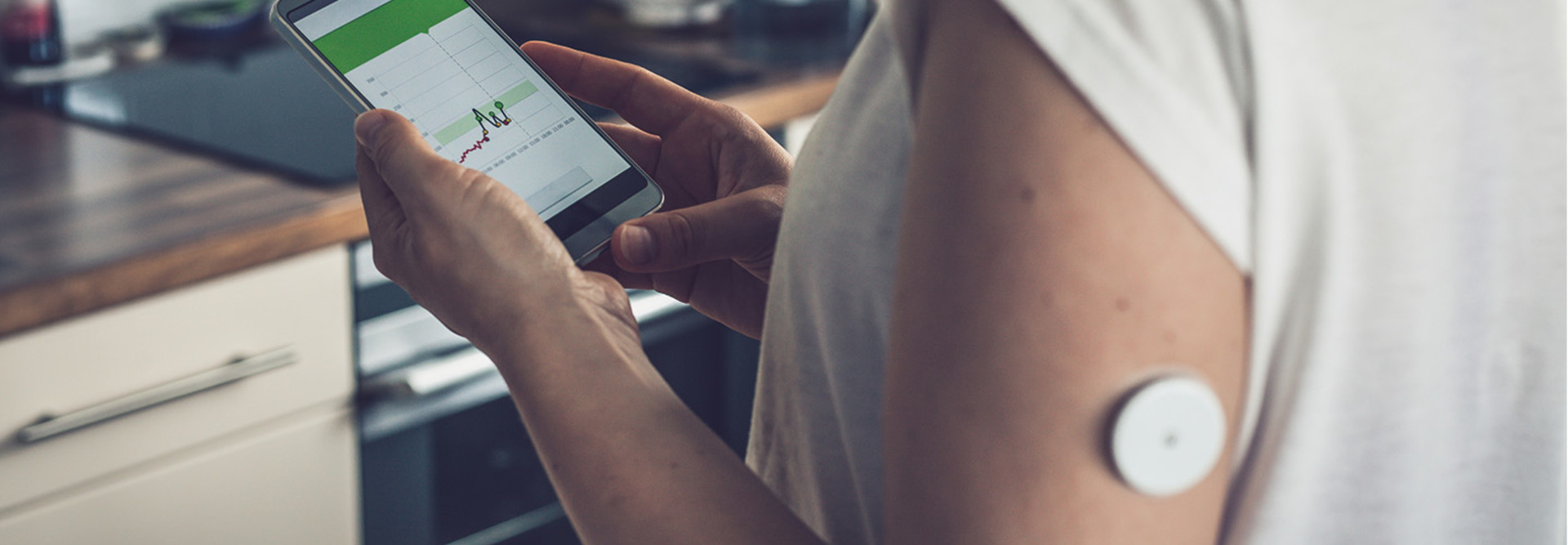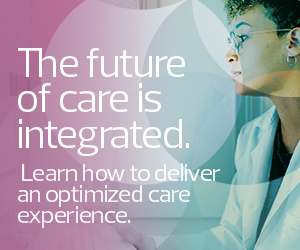What You Need to Know About Remote Patient Monitoring
Remote patient monitoring devices measure and capture physiological data such as blood pressure, metabolic rate, body temperature, body weight, breathing rate, heart rate and blood oxygen saturation. These devices range from wearables such as watches or patches to blood pressure cuffs, pulse oximeters, glucometers and scales, all of which either connect via Bluetooth to apps on a patient’s smartphone or a provided tablet, says Dr. Julia Siegel Breton, medical director of remote patient monitoring and co-medical director of home hospital at VCU Health, which supports referred VCU patients throughout central Virginia.
Besides reading vital signs, some devices can track movement and medication adherence in real time, adds Dr. Robert Segal, founder of Manhattan Cardiology and co-founder of LabFinder. Patient-generated health information is then sent to medical staff via wireless technology, he says.
When it comes to sharing and storing remotely captured data, Dr. Lee Schwamm, associate dean for digital strategy and transformation for Yale School of Medicine and senior vice president and chief digital health officer for Yale New Haven Health System, says there are essential questions that must be addressed. For example, what data should go into the patient’s electronic health record or be shared as a message to the clinician’s email? Where should the data live: with the digital health vendor, the patient or in a data repository managed by the health system?
Answering the question of data storage, Segal says that patient health information is often securely stored in a HIPAA-compliant cloud for easy accessibility and integration to a patient’s EHR and other care platforms. Integrating remote monitoring devices with these health platforms enables the seamless flow of patient data among clinical settings, says Dr. Dhanunjaya Lakkireddy, executive medical director of the Kansas City Heart Rhythm Institute at HCA Midwest. These clinicians get a comprehensive view of each patient’s health to make informed decisions and provide personalized care strategies based on real-time insight, he adds.
According to Segal, regardless of which parties or systems have access to patient health data, interoperability and HIPAA standards help ensure that data shared among devices, EHRs and other care systems are correct and safe.
DISCOVER: Learn how remote patient monitoring enhances nurse workflows.
How Remote Monitoring Devices Extend Care to the Home
Remote monitoring devices enable healthcare organizations to bring the clinical experience to individuals in their homes or wherever they may be.
According to Schwamm, though remote monitoring is still in its early days, these devices could help move care from periodic to continuous and from deterioration-focused to preventive, providing a richer picture of a patient’s health status. Remote monitoring devices may also support remote or decentralized participation in clinical trials, opening such trials to a much broader audience than they currently tend to enroll, he adds.
According to Siegel Breton remote monitoring can be beneficial in tracking acute conditions. For instance, closely monitoring vital signs at home for someone who has just had a serious infection can help pick up on any instances of recurrence and allow for timely intervention.
Patients on a care journey, such as pregnant people and patients with chronic health conditions that require lifetime management, as well as patients with preventable deterioration such as high blood pressure, diabetes, asthma, chronic obstructive pulmonary disease or heart failure, may also benefit from remote monitoring, Schwamm says.
“Clinicians can see the patients every day without having them come into the office,” he adds.
Consistent monitoring outside the doctor’s office also empowers these patients to live their lives confidently while staying aware of their health and connected to their healthcare providers, Lakkireddy says.
Still, Siegel Breton emphasizes that no one tool will be a panacea, and that all tools help to supplement care. Nevertheless, communication is always beneficial.
EXPLORE: How to integrate remote patient monitoring data to improve health outcomes.
Considerations When Deploying Digital Health Tools in the Home
Although remote monitoring is in its infancy, Schwamm predicts an explosion in adoption of these devices in the next three to four years, partly due to the growing adoption of artificial intelligence and its potential to promote advanced patient data analytics, enabling efficient healthcare interventions and delivery.
With this in mind, organizations, clinicians and patients looking to adopt digital health tools in the home must carefully consider the most efficient, convenient, safe, private and secure ways to use them, Segal says. Here is advice from the experts:
- Prioritize data privacy and security: Organizations can ensure data privacy and security by using protected platforms and tools and following legally compliant protection methods, Segal says. He also recommends that organizations set up clear protocols for collecting, sending and storing data.
- Use and regularly maintain remote monitoring devices: For optimal data gathering, devices must be maintained and used as instructed, Segal says. He advises that patients follow directions for using the device and report any problems they experience right away.
- Set clear expectations on use: Schwamm strongly advises that health systems create clear expectations with patients, informing them about why the tools are being adopted, what’s going to happen to their data and how their care team will respond to data indicating immediate medical intervention.
- Account for challenges that may arise with remote monitoring: Home monitoring is meant to be helpful and not add more stress to daily life, Siegel Breton says. Organizations should consider challenges that their patient population might face, such as poor connectivity, which can prevent successful data transmission to healthcare providers.
- Explore robust and accessible digital health solutions: To accommodate all beneficiaries of remote monitoring, including patients, caregivers and clinicians, and to prevent digital inequity, health systems must consider the most accessible and convenient tools, Siegel Breton says. These tools should perform well in environments with low cellular signals or bandwidth, Schwamm says.











